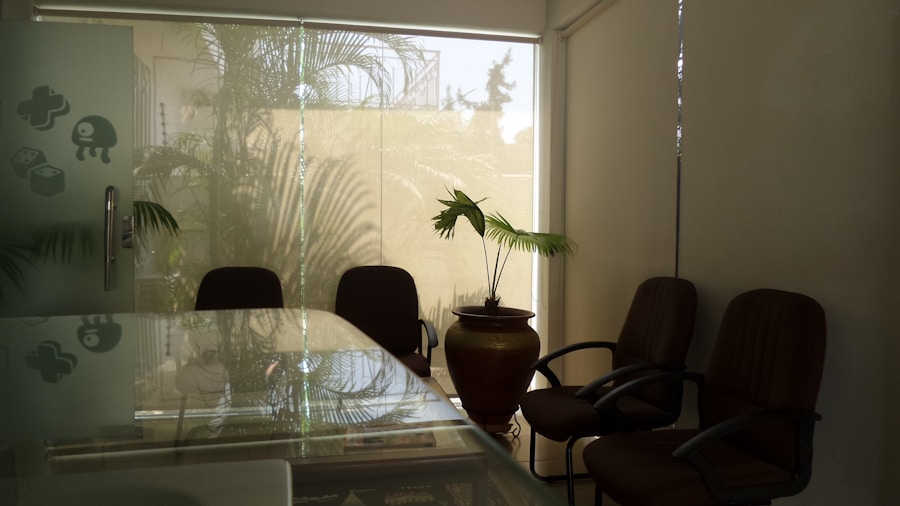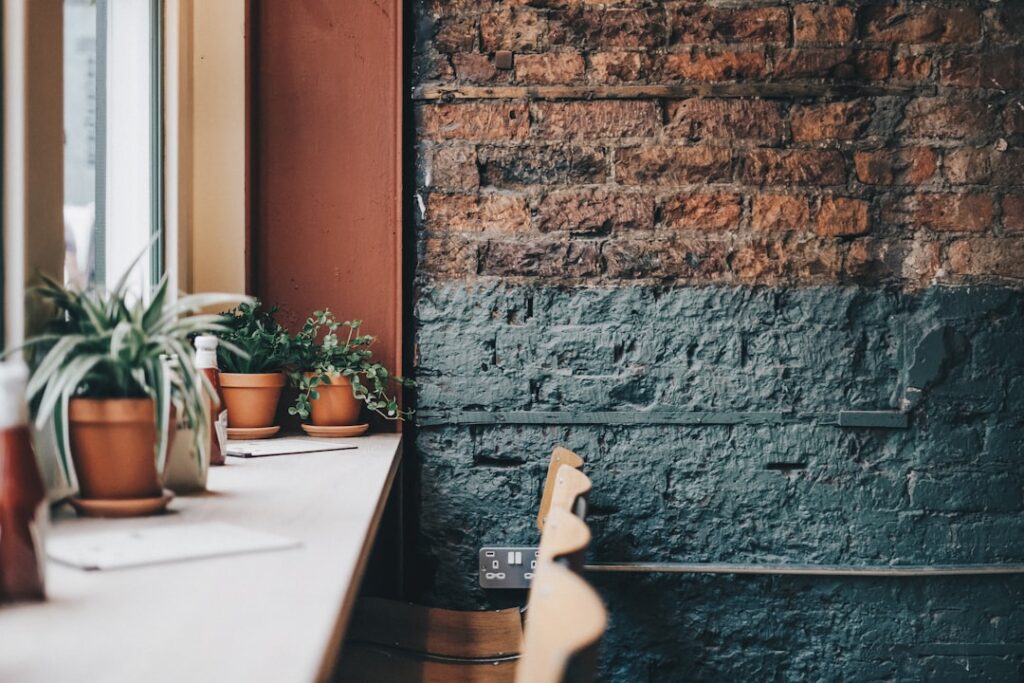Before embarking on the journey of designing a room, it is crucial to develop a comprehensive understanding of the space at hand. This involves not only measuring the dimensions of the room but also considering its layout, lighting, and existing architectural features. For instance, a room with large windows may benefit from lighter color palettes that enhance natural light, while a smaller, dimly lit space might require brighter hues or strategic lighting solutions to create an illusion of openness.
Additionally, understanding the flow of the room is essential; how people will move through the space can significantly influence furniture placement and overall design. Moreover, it is important to consider the purpose of the room. A living area designed for relaxation will have different requirements than a home office intended for productivity.
Identifying the primary function of the space allows for more informed decisions regarding layout and design elements. For example, if the room is meant for entertaining guests, it may be beneficial to create an open layout that encourages conversation and interaction. Conversely, a study area may require more defined zones to minimize distractions and promote focus.
By thoroughly analyzing these aspects, one can lay a solid foundation for a well-designed space that meets both aesthetic and functional needs.
Key Takeaways
- Understanding the space is crucial for designing a functional and aesthetically pleasing reception area.
- Choosing the right color scheme can set the tone for the entire space and create a welcoming atmosphere.
- Selecting functional and stylish furniture is essential for creating a comfortable and inviting reception area.
- Incorporating personal touches can add character and warmth to the space, making visitors feel more at ease.
- Utilizing creative storage solutions can help keep the reception area organized and clutter-free.
Choosing the Right Color Scheme
The color scheme of a room plays a pivotal role in setting the mood and atmosphere. Colors can evoke emotions, influence perceptions of space, and even affect behavior. When selecting a color palette, it is essential to consider not only personal preferences but also the psychological effects of different colors.
For instance, blues and greens are often associated with calmness and tranquility, making them ideal for bedrooms or relaxation areas. In contrast, vibrant reds and yellows can energize a space, making them suitable for kitchens or playrooms where activity is encouraged. In addition to individual colors, the interplay between shades and tones can create depth and interest within a room.
A monochromatic scheme, which utilizes varying shades of a single color, can produce a sophisticated and cohesive look. Alternatively, complementary color schemes—where colors opposite each other on the color wheel are paired—can create dynamic contrasts that draw attention to specific areas or features within the room. It is also wise to consider how colors will interact with natural light throughout the day; a color that appears warm in the morning may take on a cooler tone by evening.
Testing paint samples on walls and observing them at different times can provide valuable insights into how the chosen colors will ultimately appear in the finished space.
Selecting Functional and Stylish Furniture

Furniture selection is a critical aspect of interior design that balances functionality with aesthetics. The right pieces not only serve practical purposes but also contribute to the overall style of the room. When choosing furniture, it is essential to consider scale and proportion; oversized furniture in a small room can make the space feel cramped, while too-small pieces in a large area may seem lost and insignificant.
A well-proportioned arrangement enhances comfort and usability while maintaining visual harmony. In addition to size, functionality should be at the forefront of furniture selection. Multi-functional pieces, such as ottomans that double as storage or coffee tables that can expand for dining, are particularly valuable in maximizing space efficiency.
For example, in a small apartment, a sofa bed can provide both seating and sleeping arrangements without sacrificing style. Furthermore, selecting furniture with built-in storage solutions can help keep clutter at bay while maintaining an organized appearance. The choice of materials also plays a significant role; durable fabrics and finishes are essential for high-traffic areas, while luxurious textures can elevate more formal spaces.
Incorporating Personal Touches
Personal touches are what transform a house into a home, infusing spaces with character and warmth. These elements reflect individual tastes and experiences, making each room unique. Incorporating personal items such as family photographs, travel souvenirs, or heirloom pieces can create a narrative within the space that resonates with its inhabitants.
For instance, displaying framed photographs on shelves or walls can evoke cherished memories while adding visual interest. Artistic expression is another avenue for personalizing a space. Whether through paintings, sculptures, or handmade crafts, art can serve as a focal point or complement existing decor.
Choosing pieces that resonate emotionally or aesthetically can enhance the overall ambiance of the room. Additionally, textiles such as throw pillows, blankets, or area rugs can introduce patterns and colors that reflect personal style while providing comfort and warmth. By thoughtfully integrating these personal elements into the design, one can create an inviting atmosphere that tells a story and fosters connection.
Utilizing Creative Storage Solutions
Effective storage solutions are essential for maintaining an organized and clutter-free environment. In many homes, especially those with limited square footage, finding innovative ways to store belongings can significantly enhance both functionality and aesthetics. Built-in shelving units or custom cabinetry can maximize vertical space while providing ample storage for books, decorative items, or everyday essentials.
For example, utilizing under-stair areas for built-in drawers or shelves can transform an often-overlooked space into a practical storage solution. Additionally, furniture with hidden storage capabilities can be both stylish and functional. Coffee tables with lift-top designs or benches with internal compartments offer convenient places to stow away items while maintaining an uncluttered appearance.
Open shelving can also serve as a creative storage solution; by displaying attractive baskets or decorative boxes on shelves, one can keep items organized while adding visual appeal to the room. Incorporating these creative storage solutions not only enhances organization but also contributes to a more serene living environment.
Adding Greenery and Natural Elements

Integrating greenery and natural elements into interior design has become increasingly popular due to their numerous benefits for both aesthetics and well-being. Plants not only enhance visual appeal but also improve air quality and promote a sense of tranquility within a space. When selecting plants for indoor environments, it is important to consider factors such as light availability and maintenance requirements.
Low-light plants like snake plants or pothos are ideal for darker areas, while succulents thrive in bright spaces. In addition to live plants, incorporating natural materials such as wood, stone, or bamboo can create warmth and texture within a room. Wooden furniture pieces or stone accents can evoke feelings of nature and grounding while adding depth to the design.
Textiles made from natural fibers like cotton or linen further enhance this connection to nature by introducing organic textures that soften the overall look of the space. By thoughtfully integrating greenery and natural elements into interior design, one can cultivate an inviting atmosphere that promotes relaxation and well-being.
Incorporating Art and Decorative Accents
Art and decorative accents are vital components of interior design that add personality and flair to any space. The right artwork can serve as a focal point or complement existing decor while expressing individual style and taste. When selecting art pieces, it is essential to consider scale; larger works may dominate a wall and create drama, while smaller pieces can be grouped together for an eclectic gallery effect.
Additionally, varying frame styles and colors can add visual interest when displaying multiple artworks. Decorative accents such as vases, sculptures, or unique collectibles further enhance the character of a room. These items provide opportunities for self-expression while allowing for seasonal updates without major renovations.
For instance, swapping out decorative pillows or changing out vases with fresh flowers can refresh a space’s look with minimal effort. Layering textures through various materials—such as glass, metal, or ceramics—can also create depth and intrigue within the design scheme. By thoughtfully incorporating art and decorative accents into interior spaces, one can achieve a harmonious balance between functionality and aesthetic appeal.
Creating a Welcoming Reception Area
The reception area serves as the first impression of any home or business; therefore, its design should prioritize warmth and hospitality. A well-designed reception area invites guests in while reflecting the overall style of the space. Comfortable seating arrangements are essential; sofas or chairs should be arranged to encourage conversation while providing ample space for movement.
Adding side tables or coffee tables allows guests to place drinks or personal items conveniently. Lighting plays a crucial role in creating an inviting atmosphere in reception areas. Soft ambient lighting combined with task lighting—such as table lamps—can create a warm glow that welcomes visitors without overwhelming them.
Additionally, incorporating elements such as fresh flowers or decorative accents can enhance the overall aesthetic while adding life to the space. Thoughtful design choices in reception areas not only set the tone for what lies beyond but also ensure that guests feel valued and comfortable from the moment they arrive.
If you are looking to create a modern and efficient office space, incorporating smart office technology is essential. This article on workplace with smart office technology discusses how advancements in technology can enhance productivity and collaboration in the workplace. Pairing this with a contemporary executive desk, as mentioned in another article on contemporary executive desk, can create a sleek and functional workspace that promotes creativity and efficiency. Additionally, ensuring workstation health and safety, as detailed in the article on workstation health and safety, is crucial for maintaining a comfortable and productive work environment. By combining these elements, you can design an office space that is both aesthetically pleasing and conducive to success.
FAQs
What is interior decoration for an office?
Interior decoration for an office involves designing and arranging the interior space of an office to create a functional and aesthetically pleasing environment. This can include selecting furniture, color schemes, lighting, and decor to enhance the overall look and feel of the office.
Why is interior decoration important for an office?
Interior decoration is important for an office as it can impact the productivity, morale, and overall well-being of employees. A well-designed office space can also create a positive impression on clients and visitors.
What are some key elements of interior decoration for an office?
Key elements of interior decoration for an office include ergonomic furniture, efficient use of space, proper lighting, a cohesive color scheme, and the incorporation of branding elements.
How can interior decoration improve the functionality of an office?
Effective interior decoration can improve the functionality of an office by creating designated work areas, optimizing traffic flow, and providing comfortable and ergonomic furniture to support the needs of employees.
What are some popular trends in office interior decoration?
Some popular trends in office interior decoration include the use of biophilic design (incorporating natural elements), flexible and collaborative workspaces, sustainable materials, and the integration of technology into the design.


